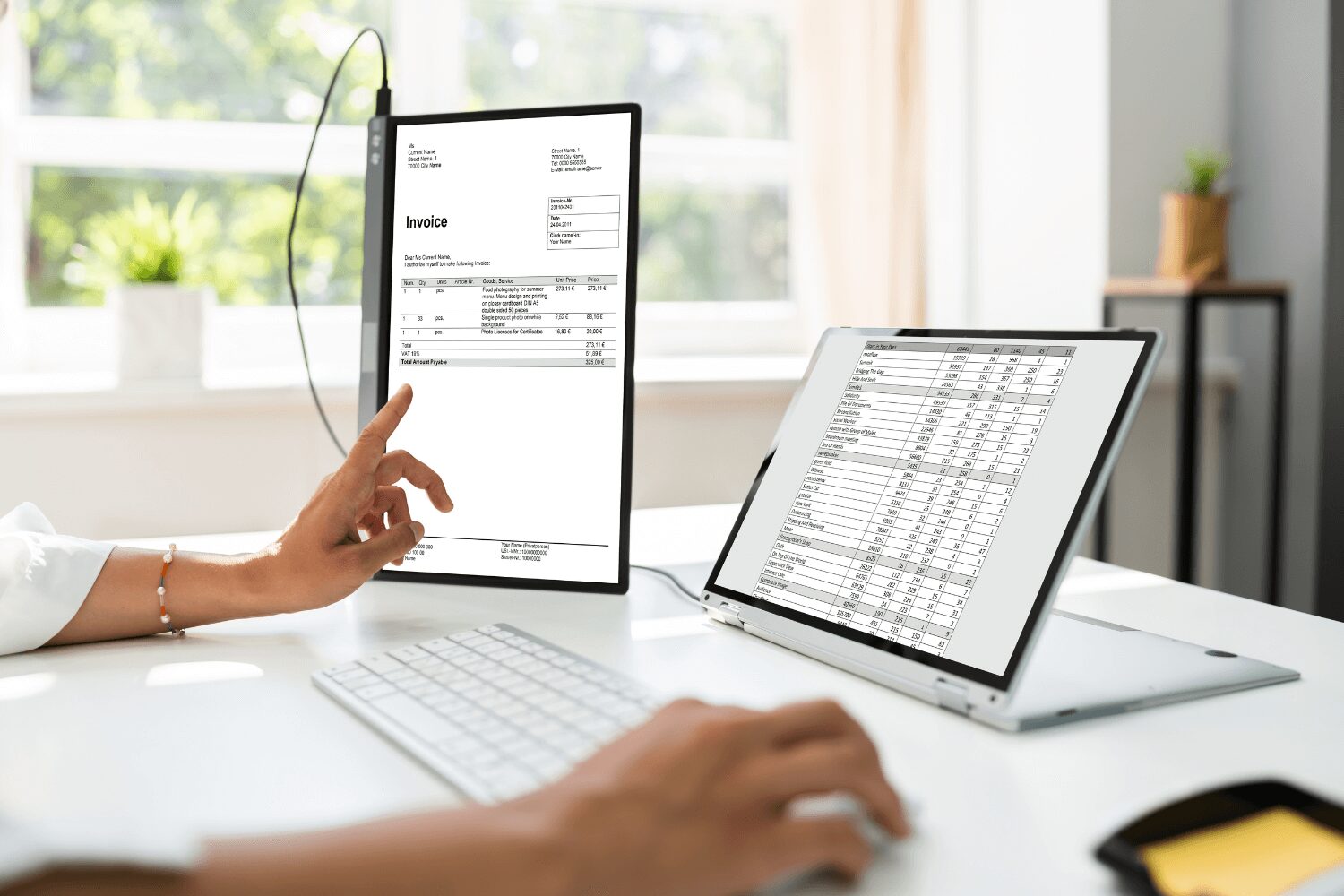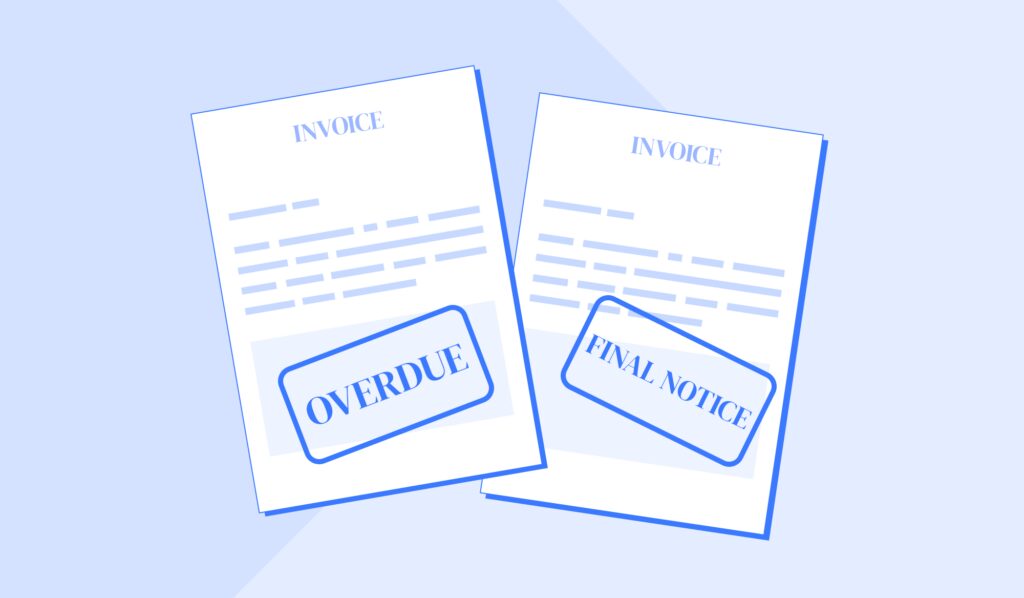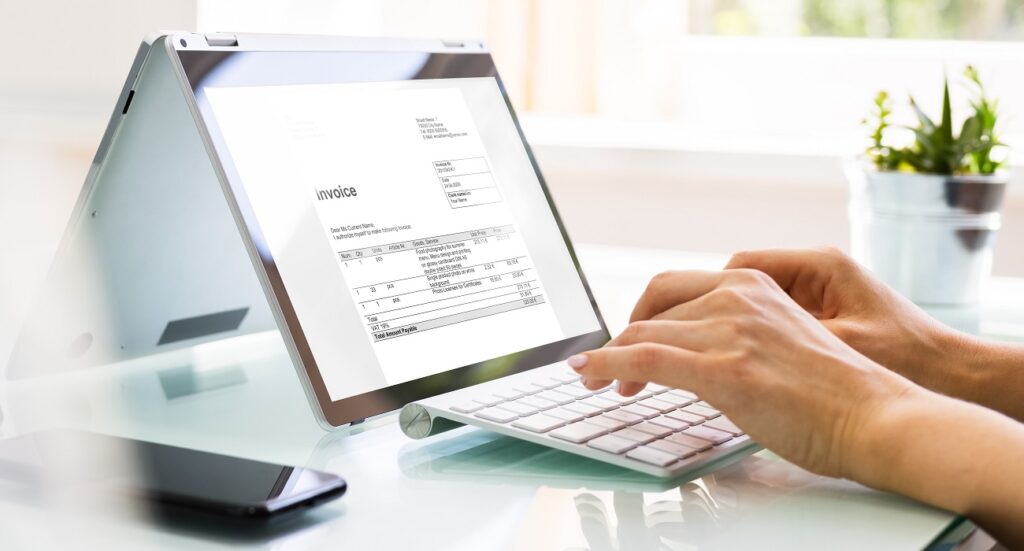
Late payments can be a recurring headache for businesses, affecting their cash flow and financial stability. As a business owner or freelancer, it’s crucial to have strategies in place for handling late payments and encouraging prompt invoice collection. In this article, we’ll dive into the world of late payment management, offering actionable strategies to ensure your create an invoice is paid on time and your financial health remains robust.
Table of Contents
The Impact of Late Payments
Before we delve into strategies for handling late payments, let’s understand the consequences of delayed payments:
- Cash Flow Disruption: Late payments can disrupt your cash flow, making it challenging to cover operating expenses, pay employees, or invest in growth.
- Increased Costs: You may incur additional costs, such as interest on loans or overdraft fees, to cover expenses while waiting for payments.
- Strained Relationships: Persistent late payments can strain your relationships with clients, affecting your reputation and future business opportunities.
- Administrative Burden: Chasing late payments requires time and effort that could be better spent on growing your business.
Strategies for Prompt Invoice Collection

Source: betterproposals.io
To mitigate the impact of late payments, consider implementing these strategies:
- Clear Payment Terms: Ensure your invoices have clear and concise payment terms, including due dates and accepted payment methods. This leaves no room for confusion.
- Send Reminders: Send polite payment reminders a few days before the due date and on the due date itself. Automated reminders through invoicing software can be helpful.
- Offer Early Payment Incentives: Encourage prompt payments by offering a discount or incentive for early settlement. For example, offer a 2% discount for payments made within 10 days.
- Late Payment Penalties: Clearly state late payment penalties in your payment terms. This can motivate clients to pay on time to avoid additional costs.
- Payment Plans: For larger invoices, consider offering payment plans that break the total amount into manageable installments.
- Online Payment Options: Make it easy for clients to pay online by providing various payment options, including credit cards, PayPal, or digital wallets.
- Follow Up Promptly: If a payment becomes overdue, follow up promptly with a polite but firm reminder. Clearly communicate the consequences of continued late payments.
- Personal Communication: In some cases, a personal phone call or email can resolve payment issues more effectively than automated reminders.
- Late Payment Policy: Develop a clear late payment policy that outlines the steps you’ll take if payments are consistently late. Share this policy with clients.
- Retain Legal Counsel: If all else fails, consider seeking legal assistance to recover late payments. Having a legal recourse can deter late payments.
Preventing Late Payments
While managing late payments is crucial, preventing them in the first place is even better. Here are proactive steps you can take:
- Screen Clients: Before taking on a new client, perform credit checks or research their payment history to identify potential late payers.
- Detailed Contracts: Create detailed contracts that specify project scope, deliverables, payment schedules, and consequences for late payments.
- Partial Upfront Payments: For large projects, request a portion of the payment upfront as a sign of commitment from the client.
- Regularly Review Financials: Monitor your business’s financial health regularly to identify any cash flow gaps early on.
- Automate Invoicing: Utilize invoicing software that allows for automated invoicing and payment reminders.
- Client Feedback: Maintain open communication with clients to address any issues or concerns promptly.
Maintaining Financial Health

Source: wraltechwire.com
Handling late payments is just one aspect of maintaining financial health. Here are additional tips:
- Emergency Fund: Build an emergency fund to cover expenses during lean periods caused by late payments.
- Diversify Income: Diversify your client base and income sources to reduce dependency on a single client.
- Regular Financial Check-Ins: Conduct regular financial check-ins to assess your cash flow, expenses, and financial goals.
- Professional Assistance: Consider consulting with a financial advisor or accountant to manage your finances effectively.
Steps to Implement E-Invoicing
If you’re considering adopting e-invoicing for your small business, here are some steps to get started:
- Choose an E-Invoicing Solution: Select an e-invoicing software or platform that suits your business needs and budget. Look for features such as automation, payment tracking, and integration capabilities.
- Migrate Existing Invoices: If you have existing paper or digital invoices, consider migrating them to your chosen e-invoicing system for a seamless transition.
- Train Your Team: Ensure that your team is trained on how to use the e-invoicing system effectively. This includes creating and sending e-invoices, managing payments, and accessing financial reports.
- Inform Clients: Notify your clients about the switch to e-invoicing and provide any necessary guidance or instructions for their part in the process.
- Automate Where Possible: Take advantage of automation features within your e-invoicing system to streamline tasks like recurring billing, payment reminders, and data entry.
- Monitor and Analyze: Regularly monitor your e-invoicing system’s performance and analyze data to identify areas for improvement.
Realizing the Benefits

Source: prlegal.rs
As you fully embrace e-invoicing, you’ll start to experience its positive impact on your small business cash flow. It’s important to recognize that the benefits may not be immediate, but over time, you’ll notice improved cash flow stability, reduced payment delays, and increased efficiency in your financial operations.
In conclusion, e-invoicing is a powerful tool that can significantly improve the cash flow of small businesses. By adopting this modern invoicing method, small business owners can enhance financial stability, reduce administrative costs, and create opportunities for growth. As technology continues to advance, e-invoicing will likely become even more integral to the success of small businesses.
In conclusion, late payments can be a significant challenge for businesses, but with the right strategies in place, you can encourage prompt invoice collection and maintain healthy financial stability. By implementing clear payment terms, effective communication, and proactive prevention measures, you can mitigate the impact of late payments on your business.







